| 1. |
Sam has decided to investigate: ‘Which is the stretchiest modelling clay?’ Sam has 6 different modelling clays. They are all the same length to start with. He pulls them all with the same force. What does Sam need to measure now? 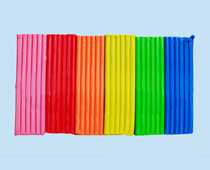
|
||||||||
|
| 2. |
Tom wants to find out where snails like to live. What should he do? 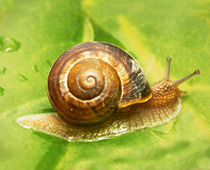
|
||||||||
|
| 3. |
Sarah wants to find the answer to this question: ‘How deep should I plant bean seeds?’ Sarah plants some bean seeds all at different depths in the soil. How will she know which has grown best? 
|
||||||||
|
| 4. |
Colours fade in the light. Lara wants to answer this question: ‘Which colour fades quickest in sunlight?’ What should she do? 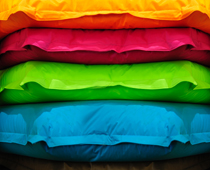
|
||||||||
|
| 5. |
Ella is investigating this question: ‘What is the best material for a bookshelf?’ What should she look for? 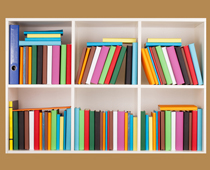
|
||||||||
|
| 6. |
Bella wants to know: ‘Are pencils alive?’ What should she do? 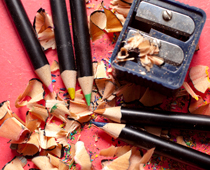
|
||||||||
|
| 7. |
Tanya has had a cold. She wants to answer this question: ‘Which type of tissue is most absorbent?’ What should she do? 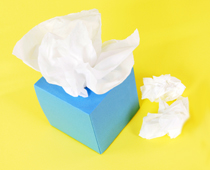
|
||||||||
|
| 8. |
Ayisha wants to answer this question: ‘Do plants grow better in pink plant pots than brown plant pots?’ What should Ayisha do? 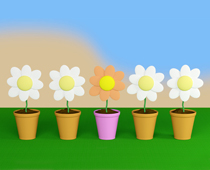
|
||||||||
|
| 9. |
Alex wants to find out how the weather changes through the year. What should she do? 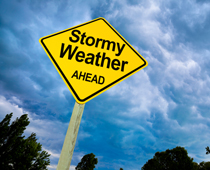
|
||||||||
|
| 10. |
Marco wants to know what most spoons are made from. He is going to count the number of metal, wood and plastic spoons. Where should he look? 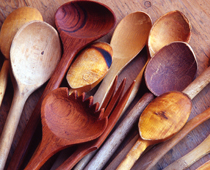
|
||||||||
|
